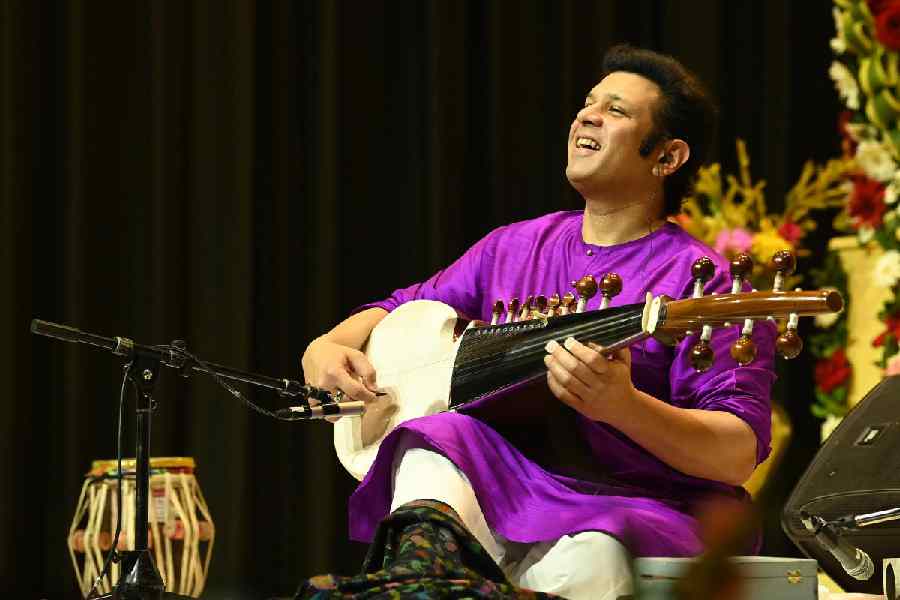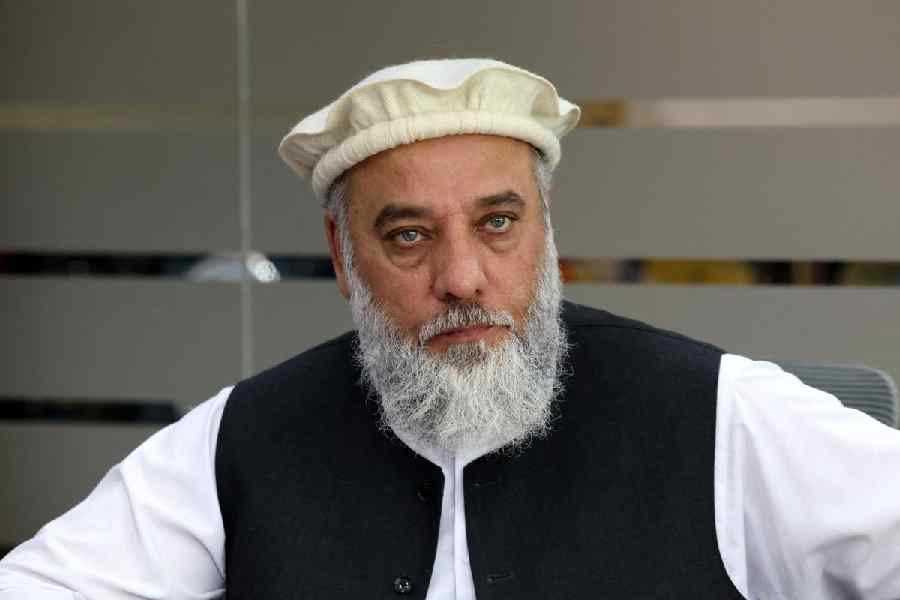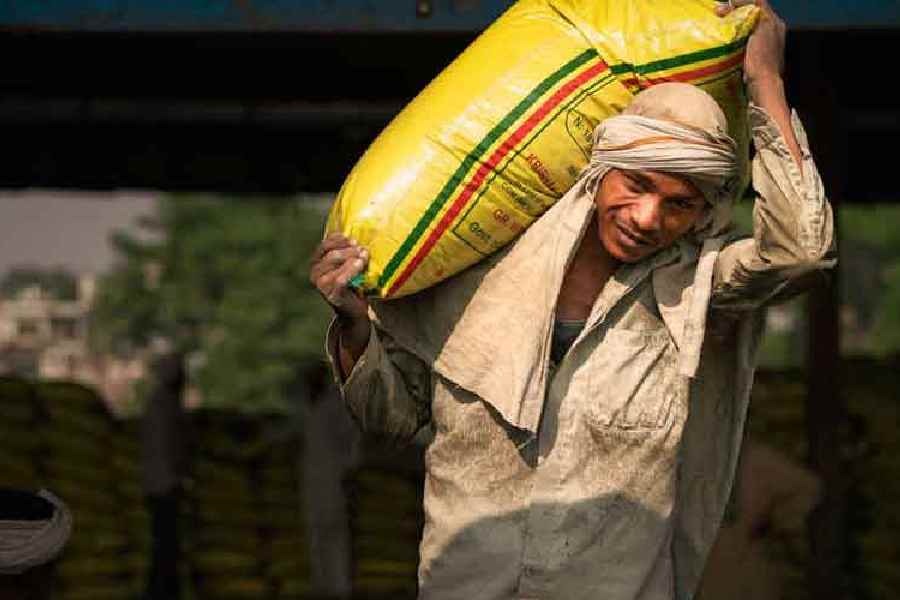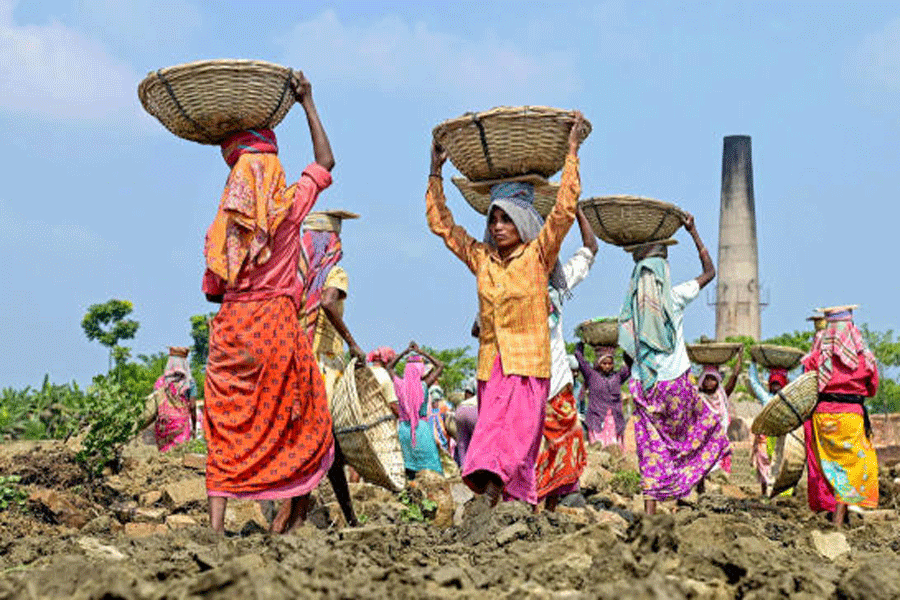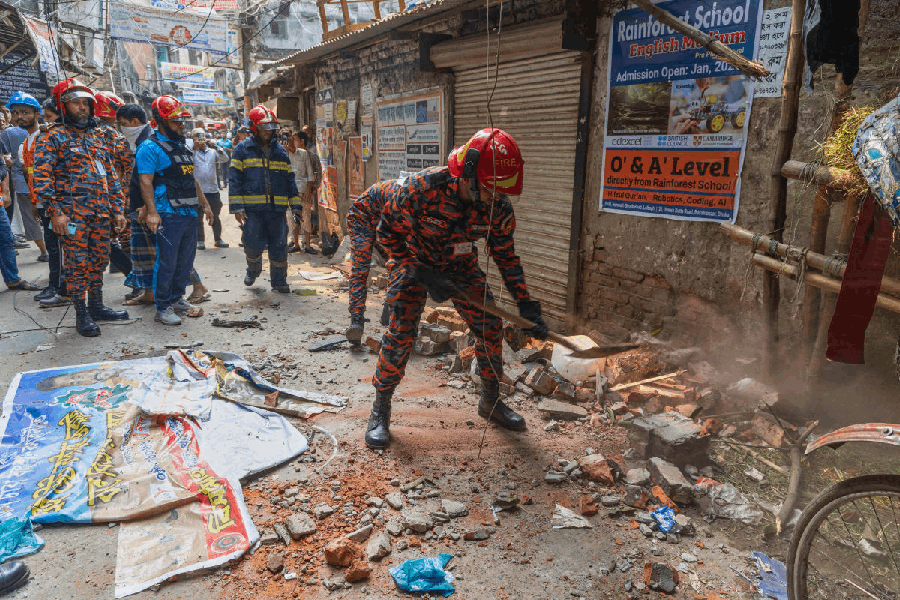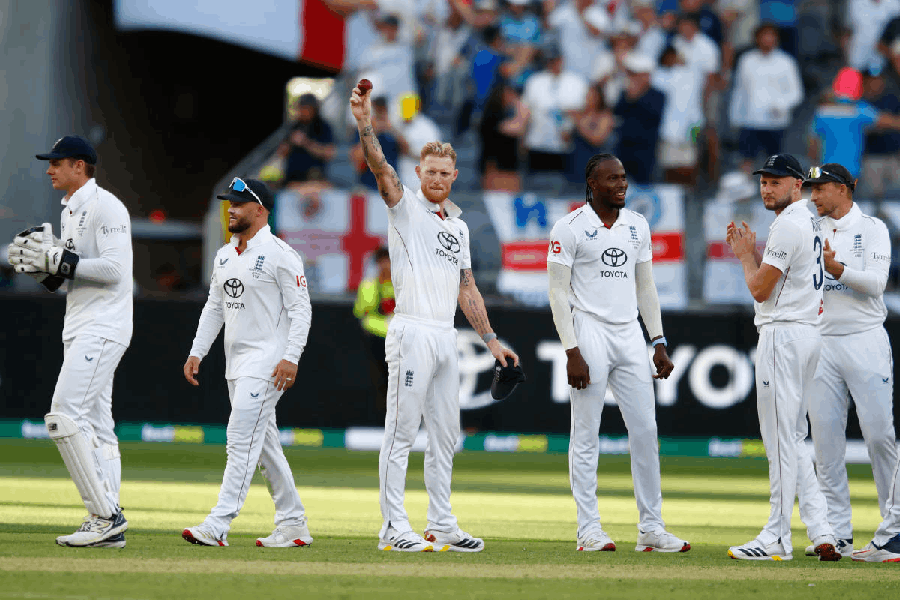The soulful and spiritual platinum jubilee celebration of the Ramakrishna Sarada Mission Matribhavan, held at the Vivekananda Hall of the Ramakrishna Mission Institute of Culture, Golpark, was graced by the sarod maestro, Amaan Ali Khan, a seventh-generation musician of the Gwalior-Bangash Gharana. He was accompanied by Ojas Adhiya, a brilliant tabla player of the Delhi-Ajrada lineage.
Amaan began his recital with Raga Gauri — it is derived from the bhairon thaat — with an elongated alaap steeped in meditative calm and devotional grace. There was no rush and no showing off, only patience, introspection, and a soft luminosity. His measured strokes and melodic progression created a spiritual stillness that drew listeners inward. He took his time in the lower and the middle octaves, before moving to the upper ones. He gathered speed gradually in the jod and expressed his virtuosity with the mellifluous movement of the keynotes.
Amaan planned this presentation with ragas dedicated to deities — from Gauri to Lalita Gauri, followed by Saraswati and Durga. It was a journey that blended prayer with power. He chose the ragas to celebrate the hard work of Matribhavan and to show his love and respect for women.
Almost imperceptibly, he transitioned from Raga Gauri to Raga Lalita Gauri, blending the sweetness of dawn with the quiet magic of twilight. In this hybrid raga, which is derived from thaat lalit, the audience got the essence of the morning raga, Lalit, and the evening raga, Gauri. The interplay of the two madhyams and the depth of the nishad created a dialogue both tender and resolute. Amaan performed a jhaptaal gat as well as a composition in the 14-beat ada chautaal created by his father, Ustad Amjad Ali Khan. The gentle resonance of the sarod along with subtle meers and Ojas’s refined accompaniment on the tabla turned the presentation into an intimate conversation between the two musicians. Amaan’s clarity and spontaneity with speed and rotation of the complex paltas and tihais showed his maturity, skill and dominance in his arena. The inner enjoyment of the artist enthralled the listeners.
Amaan continued with Raga Saraswati and Raga Durga, one embodying serenity and the other strength. Both have southern roots, yet Amaan seamlessly wove them into the northern idiom. The ektaal gat of Raga Saraswati was brief but filled with a colourful sweetness, flowing gently through the middle tempo. He smoothly shifted to Raga Durga with the famous teentaal gats of his father, both in madhyalay and drut. These compositions revealed his rich repertoire. Even at dazzling speeds, his clarity of tone and control were remarkable. Ojas’s measured yet skilful tabla strokes formed the rhythmic heartbeat of the performance.
After the recital, Amaan invited his father’s first disciple in Calcutta, Asit Ghatak, to the stage and began playing Raga Mishra Kalyan on the sarod. Along with Amaan’s musical prelude, Ghatak’s voice rose in the timeless prayer, “Khandana bhava bandhana, jaga vandana bandi tomay”, and the hall was transformed. The evening arati of Ramakrishna Mission came alive through sarod, tabla, and song. The evening was more than a concert — it was an act of surrender and a union of devotion, humility, and music.

